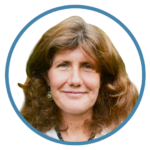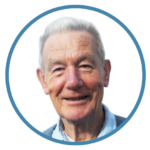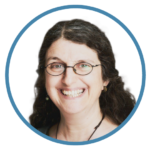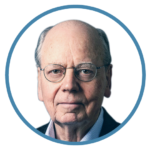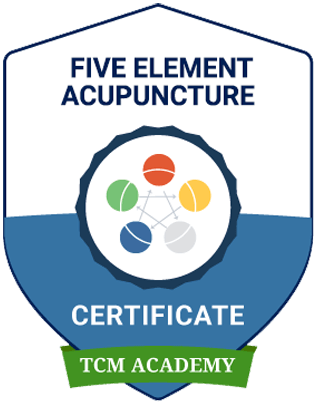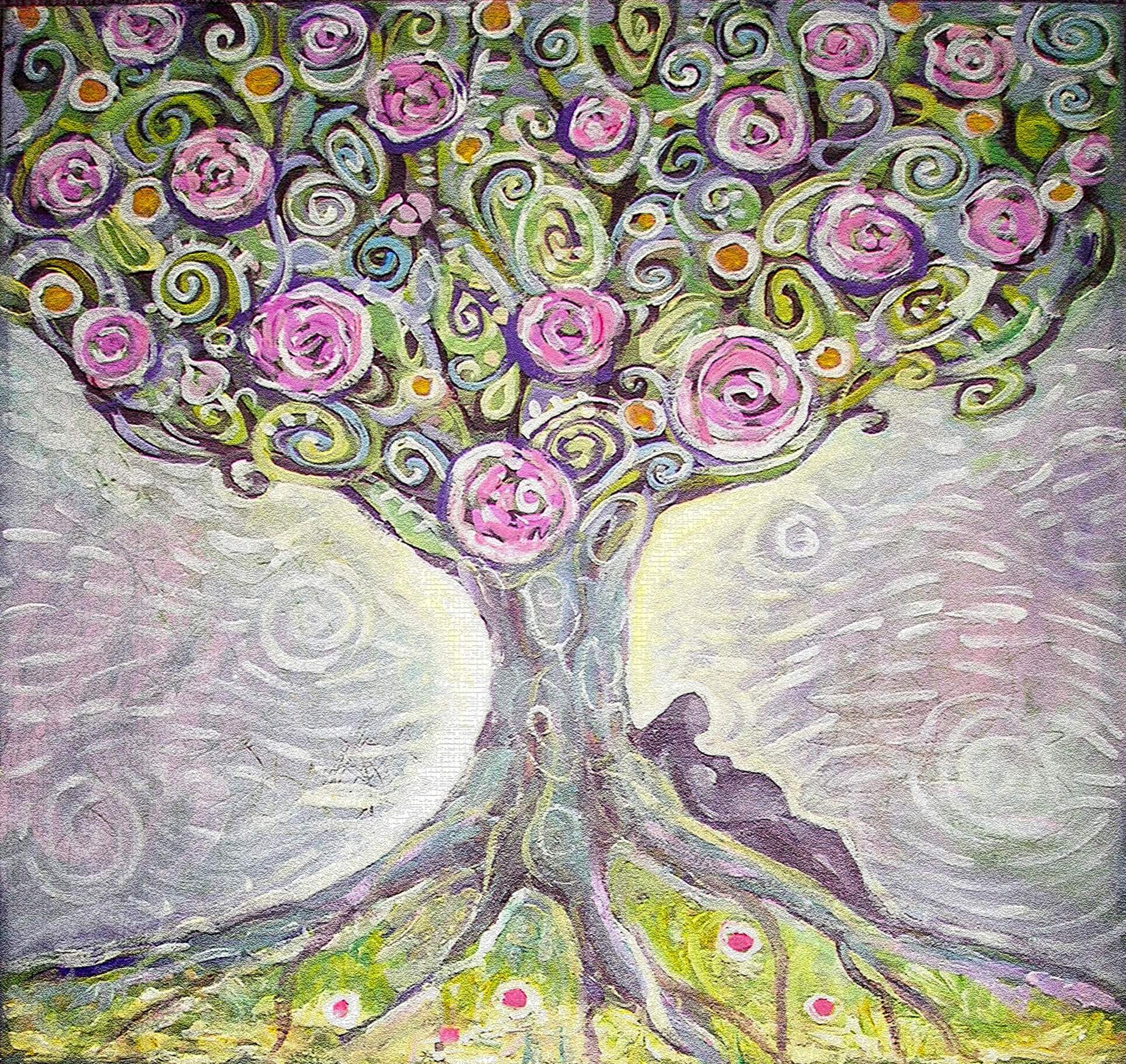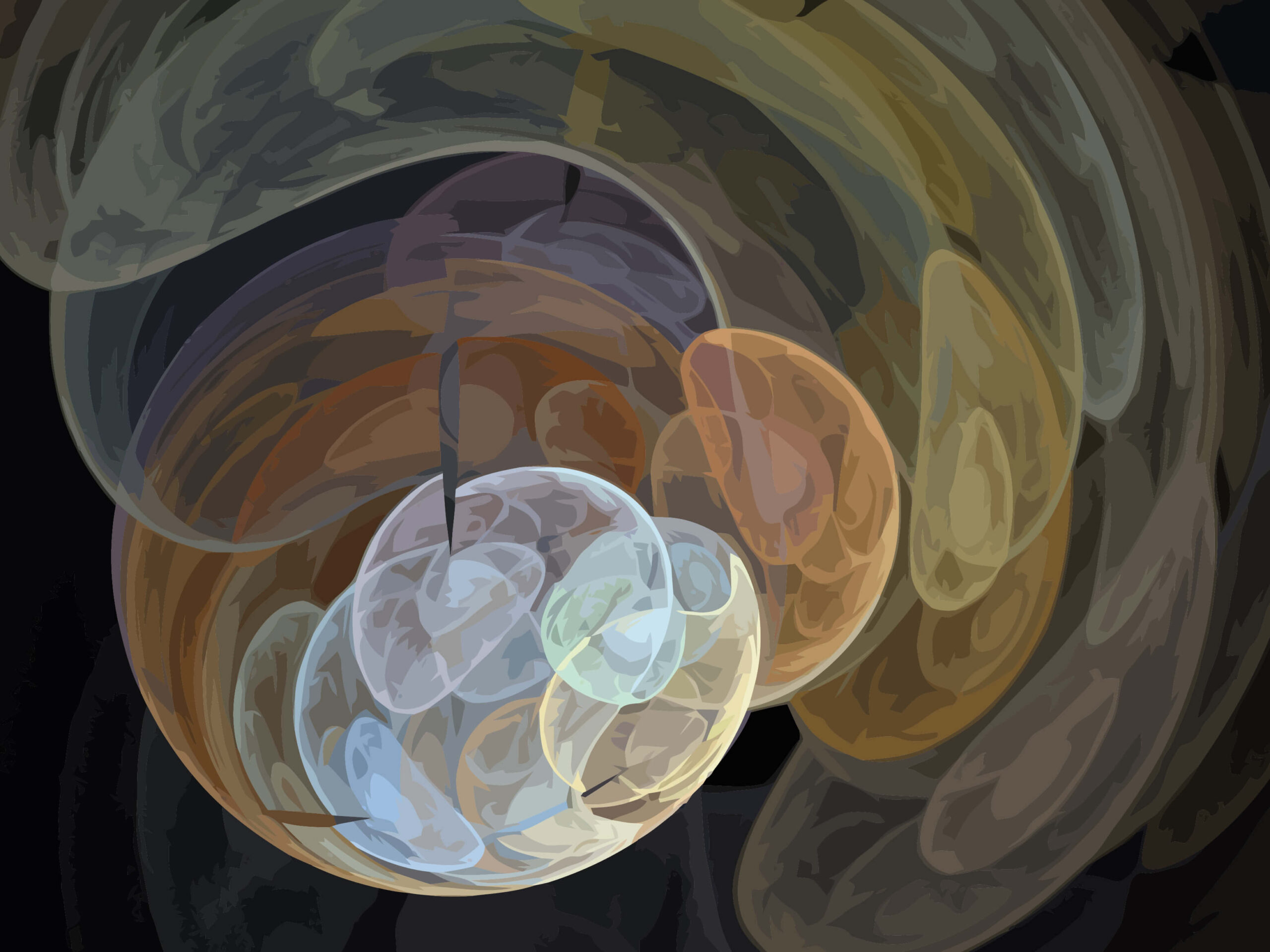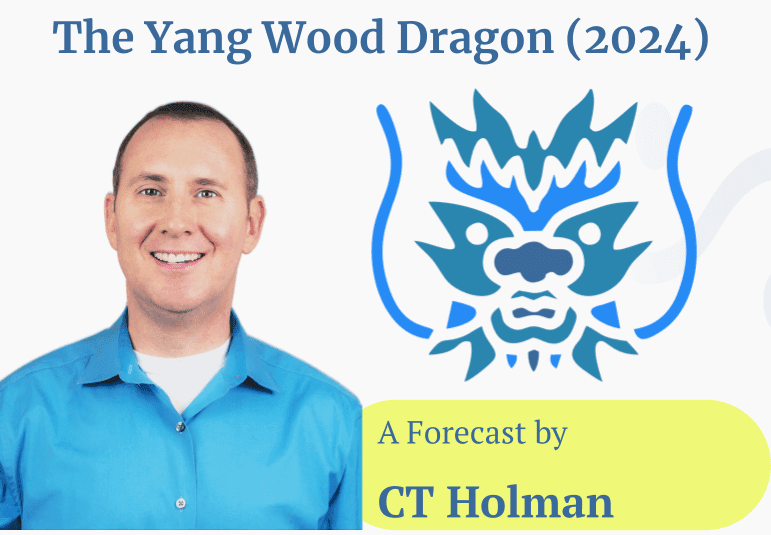The Philosophical Foundations of Five Element Constitutional Acupuncture
An excerpt from "Five Element Constitutional Acupuncture" by Angela Hicks, John Hicks, Peter Mole, Chapter 1
Republish here with permission if the author
INTRODUCTION
The foundations of Five Element Constitutional Acupuncture were laid down over 2000 years ago. The values and beliefs of the physicians of the time continue to shape the practice of the system of medicine today.
Two major texts constitute the main theoretical foundations of Five Element Constitutional Acupuncture. The first is the Nei Jing (approximately −200), which comprises Su Wen (Simple Questions) and the Ling Shu (Spiritual Pivot). This applies the concepts of yin/yang and the Five Elements to medicine. The second text is the Nan Jing (Classic of Difficulties, approximately +200). This further develops the application of ideas put forward in the Nei Jing.
The era in which these texts were written was the Han dynasty (−202 to +220). During this time a complex system of medicine was developed from a diverse range of ideas concerning health, illness, treatment and the causes of disease (see Unschuld, 1985, for a discussion of the transformation in Chinese medicine during the Han dynasty). At that time, little distinction was made between religion, philosophy, science and medicine, and the classics of Chinese medicine are permeated with ideas arising from Daoism, Naturalism, Confucianism and other branches of religious and philosophical thought (a good introduction to these ideas and their influence on Chinese science can be found in Ronan and Needham, 1993, pp. 78–84, 85–113 and 127–190).
NATURALISM AND DAOISM
Naturalism and Daoism maintain that humans are an integral part of Nature and the Dao, not the creation of a divine supernatural being. Both schools of thought emphasise the unity of all phenomena in the universe. What unites everything is qi. Qi is the insubstantial matter that underlies everything that is manifest.
The character for qi (Weiger, 1965, lesson 98A) shows the ‘vapour’ or ‘gas’ given off during the cooking of rice. It defies adequate translation into English, but is usually translated as ‘energy’ (for example, Porkert, 1982), ‘influences’ (Unschuld, 1985) or ‘breaths’ (Larre and Rochat de la Vallée, 1995). In Chinese and Daoist thinking, qi has many contexts and meanings. Ever present, however, is the idea that, in any situation, what is ultimately significant is the nature of the qi present. For example, an illness may manifest, but the way to understand and transform it is to understand the underlying imbalance in the qi.
Qi pervades the entire universe. Naturalists and Daoists thought that all phenomena in nature were ‘immersed’ in qi, whether they were inanimate objects or whether they were alive and more obviously full of life-force. In approximately −400 Wen Tian Xiang sang:
Heaven and Earth have correct qi. Its form is flexible and fluid. In the lower parts, it is in earth’s rivers and mountains. In the upper parts, it is in the heaven’s sun and stars. In it human beings are said to be overwhelmingly and universally immersed.
(Manaka et al., 1995, p. 5)
NATURE AS INSPIRATION
Daoism and Naturalism were concerned with how humans can best conform to the laws of nature. In fact, nature provided the root metaphors for the most fundamental concepts of Chinese philosophy. Dao (the way), de (virtue), wu wei (non-action), xin (mind/ heart), qi, yin/yang, wu xing (Five Elements) and other ideas were all described by referring to different aspects of the natural world (Allan, 1977). The Dao was seen as being the ‘the way the universe works’ (Waley, 1965, p. 30) or ‘the Order of Nature’ (Ronan and Needham, 1993, p. 85). Han dynasty Daoists drew on their observations of nature in order to further understand the Dao. Lao Tse stated that, ‘the Dao follows the way of nature’ (Zhang and Rose, 1995, Chapter 25).
As Joseph Needham, the historian of Chinese science, put it:
If there was one idea the Daoists stressed more than any other, it was the unity of Nature and the uncreated and eternal nature of the Dao. The sage embraces the Oneness (of the Universe), making it his testing-instrument for everything under Heaven.
(Ronan and Needham, 1993)
But Su Wen states: ‘The Supreme Dao is imperceptible; its changes and transformations are endless’ (Larre et al., 1986). The study of those ‘changes and transformations’ led to the realisation that the unity of the Dao was divided into yin/yang (duality) and the Five Elements. The Huainanzi, a Han dynasty Daoist text written at approximately the same time as the Nei Jing, describes the relationship between the Dao, yin/yang and the Five Elements:
It [the Dao] softens Heaven and Earth and harmonises yin and yang. It regulates the four seasons and harmonises the Five Elements.
(Chan, 1963)
This emphasis on the observation of nature led to an extraordinary growth in intellectual and scientific curiosity during the Han and succeeding dynasties. This curiosity led to rapid developments in all branches of science and technology, including medicine. (Many of these developments, for example, smelting of cast-iron, the invention of paper, developments in porcelain, working with brass, were not emulated in Western civilisation until many centuries later.)
The Dao, as revealed through the patterns of nature, also sets out the ‘path’ or ‘way’ by which humanity should live. Water, for example, symbolises the characteristics of stillness, power and adaptability that humans should seek to emulate. Trees that bend in the wind and therefore do not break were proposed as models for how people should respond to the varying changes of fortune in life (for example, Dao de Jing, Chapters 8 and 22).
The sage infers the far from the near, and concludes that the myriad things are based upon a single principle.
(Huainanzi; Needham, 1956, p. 66)
The unity of the microcosm of human life and the macrocosm of nature was a guiding principle for Daoist thinkers in their efforts to understand how people should conduct their lives. The Daoist classic, the Huainanzi, put it like this:
I have gazed upwards to study Heaven and examined the Earth below me and about me, and sought understanding of the principles of humanity.
(De Bary et al., 1960, p. 185)
HUMANS STAND BETWEEN HEAVEN AND EARTH
Heaven arose out of the accumulation of yang qi, the Earth arose out of the accumulation of yin qi.
(Taisu; Unschuld, 1985, p. 283)
Humanity was regarded as forming a bridge between Heaven and Earth. This is usually expressed in the phrase ‘Heaven (tian), Earth (di) and Man (ren)’. The same immutable laws were seen to unite everything in nature, from the movement of the stars to small cyclical changes in the plant and animal world. Each person was regarded as a microcosm of the universe, their qi resonating with the qi of Heaven and Earth (Chapter 71 of the Ling Shu is largely devoted to this theme). Needham (1956, p. 300) quotes Wang Kubei as saying: ‘The human body imitates Heaven and Earth very distinctly and exactly.’
Chuang Tse, the great Daoist sage, also stressed the resonance between humanity and the world outside. Changes in the season or climate were bound to induce changes in the qi of the person: ‘Heaven exists inside, Man exists outside’ (Merton, 1970, Chapter 17). This micro/macrocosm concept is also to be found in the Huainanzi, Chapter 7. A person’s place in the natural order, therefore, is to form the bridge between the yang of Heaven and the yin of Earth. As it says in the Huainanzi:
The vital spirit belongs to Heaven, the physical body belongs to Earth: when the vital spirit goes home
and the physical body returns to its origin, where
then is the self?
(Cleary, 1998, p. 29)
THE THREE TREASURES
Humanity was regarded as having a special place amongst all living creatures. Only humans are endowed with the ‘Three Treasures’ (san bao), jing, qi and shen (see the Glossary for a description of these terms). This is a very old concept in Chinese thought. The first written reference being in the Guanzi, an early Daoist classic that predates the Nei Jing. The condition of these ‘treasures’ determines the individual’s health.
Jing, or Essence – our constitutional and ‘physical’ energy – is what we inherit from our parents. We now know that we share 99.4% of our genes with our closest relatives, the higher primates. Even in antiquity the Chinese were well aware that our links to animals are extremely close. (It is perhaps striking that one of the most popular Chinese stories, Wu Ch’eng-en (Monkey), has a monkey, not only as its main character, but as the most intelligent of the characters.) The jing carries our biological link with the animal world.
Much behaviour in all animals, humans included, is driven by basic biological instincts. The drive for survival, the need to bond with others, aggression and lust are common to humanity and all of the higher primates. These primal instincts are largely carried in our jing. They play an important role in how we live our lives. A substantial amount of human suffering and illness results from imbalances in these drives.
Qi we share with all matter in the universe or the ‘ten thousand things’ (wan wu). Qi literally gives us our life and our vitality.
Shen, or spirit, is the treasure we do not share with animals. Animals possess jing and qi, but they do not possess shen. Shen is bestowed on us from Heaven and gives humanity its finest aspect, human consciousness. That is why humanity is ‘the most precious thing in the universe’ (Xunzi, Larre et al., 1986, p. 59).
In the Huainanzi it says that: ‘The gross qi becomes animals, the subtle qi becomes Man’ (Major, 1993). The Three Treasures therefore reflect the Heaven, Humanity and Earth concept. Jing, which gives us our biological link with the other animals, is linked with Earth. Qi is what we share with all the ‘ten thousand things’, and shen is humanity’s unique gift from Heaven. The relationship between these ‘treasures’ and yin and yang is shown in Table 1.1.
The great physician Zhang Jiebin succinctly expressed the relationship between the Dao, nature and humanity.
The dao produces and completes the 10,000 beings. It is nothing but the exchange between the yin and yang and then the luminous radiance of the spirits (shen ming). In order to be alive, mankind needs the combination of yin and yang qi, the union of the essences (jing) of the father and mother. Two essences combine, the physical form and the spirits are then completed, uniting the qi of heaven and earth, and giving mankind.(Larre and Rochat de la Vallée, 1995)
On the one hand people have a physical body that needs to be fed from the fruits of the Earth, just as all animals and living things do. On the other hand people possess a connection to Heaven, which requires a different type of nourishment. This gives them the wonder of human consciousness and the human spirit. As well as taking care of the body, the writers of the Nei Jing emphasised the idea that the health of the human spirit is central to people’s passage through life. They must strive to cultivate their connection with Heaven in order to fulfil their destiny (ming). The Huainanzi sums up the Han dynasty Daoist view:
Heaven is calm and clear, Earth is stable and peaceful. Beings who lose these qualities die, while those who emulate them live.
(Cleary, 1998, p. 24)
Five Element Acupuncture Program
Transform Your Acupuncture Practice with the Top World Experts, Peter Mole & Danny Blyth
New cohort starts March 2024
About the Book
The Five Elements referred to in the title are Wood, Fire, Earth, Metal, and Water.
Gives a clear, detailed and accessible presentation of the main features of Five Element Constitutional Acupuncture treatment.
Covers the context and history of this form of acupuncture, as well as the relevant Chinese medicine theory.
Includes an unambiguous description of the principle aspects of diagnosis within a system, ironing out inconsistencies often present in discussions of these aspects.
Peter Mole After finishing studying Modern History at Oxford University and living in India for over a year Peter started training to be an acupuncture practitioner in 1976.
He studied and worked with JR Worsley until 1992, receiving his Master of Acupuncture qualification from him in 1984.
Peter studied TCM in the 1980s. He has been teaching acupuncture since 1983, first in Leamington Spa at the College of Traditional Acupuncture and since 1993 at the College of Integrated Chinese Medicine in Reading, where until 2003 he was the Dean.
Peter is the author of a book for the general public, Acupuncture for Body, Mind and Spirit, and he is the co-author of the text book Five Element Constitutional Acupuncture. He has lectured on Five Element acupuncture in Europe, the U.S. and Israel.
He was a founding council member and is a Fellow of the British Acupuncture Council.
Peter’s style of acupuncture is an integration of the Five Element Constitutional style with TCM. He is particularly interested in how the person’s emotions, the internal causes of disease, affect their psychological and physical complaints.


